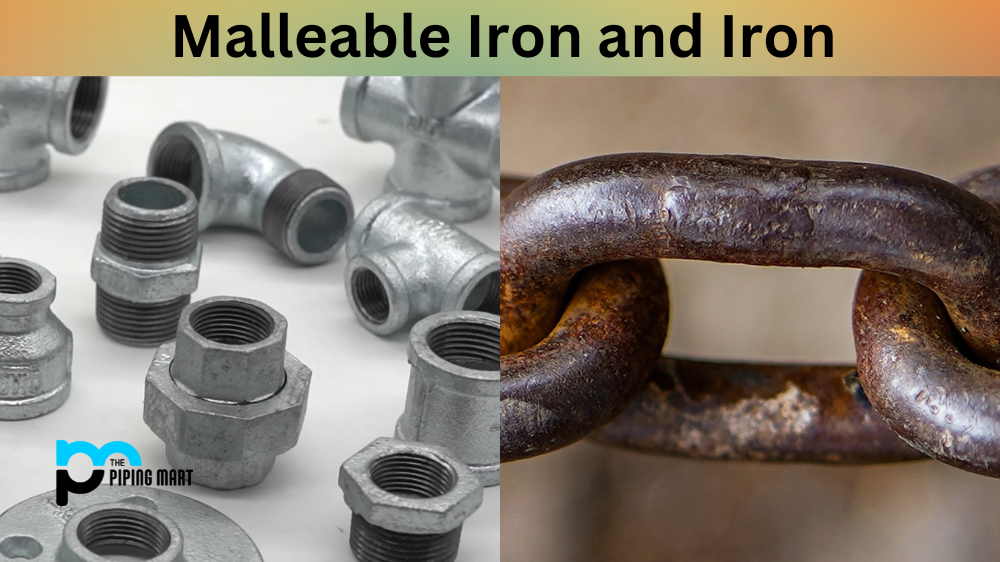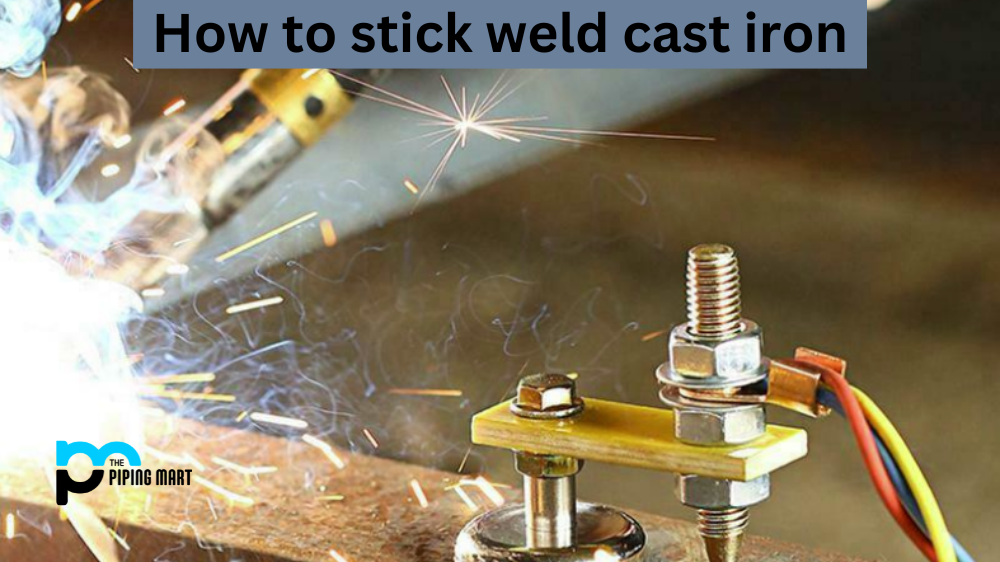When choosing the right material for your project, it’s essential to understand the differences between different types of metals. Two commonly used materials are malleable iron and iron. Knowing the unique properties and uses of each will help you make an informed decision about which one you should use. In this article, we’ll explore the differences between malleable iron and iron to help you determine which is right for your project.
Difference Between Malleable Iron and Iron
Composition
Malleable iron contains 2-4% carbon, while iron contains 0.02-2% carbon. The higher carbon content in malleable iron makes it more brittle than iron.
Strength
Malleable iron is stronger than iron, making it more resistant to breakage and wear.
Ductility
Malleable iron is more ductile than iron, which can be stretched or drawn into wire without breaking.
Cost
Malleable iron is more expensive than iron because it is more difficult to produce.
Uses
Malleable iron is typically used in applications requiring strength and flexibility, such as pipes and fittings. In contrast, iron is used in applications where cost is a major consideration, such as nails and wire.
Conclusion
In conclusion, malleable iron and iron have unique properties and uses. Malleable iron is more flexible and easier to shape, making it ideal for highly flexible applications. Iron, on the other hand, is incredibly strong and durable, making it perfect for construction and heavy machinery. Ultimately, the choice between malleable iron and iron will depend on your project’s requirements and budget. Regardless of which material you choose, working with a reputable supplier is important to ensure you’re getting high-quality materials that meet your project’s needs.

Meet Bhavesh, a seasoned blogger with a wealth of knowledge and experience. From metal products manufacturing to retail, Bhavesh has a diverse background in various industries and is dedicated to sharing his insights and expertise with readers.




